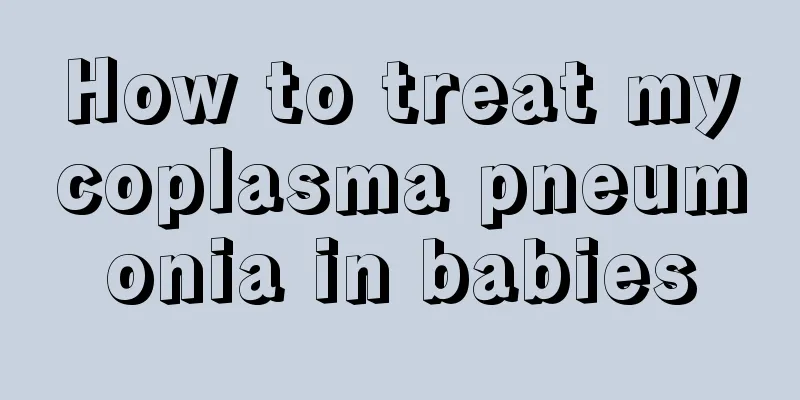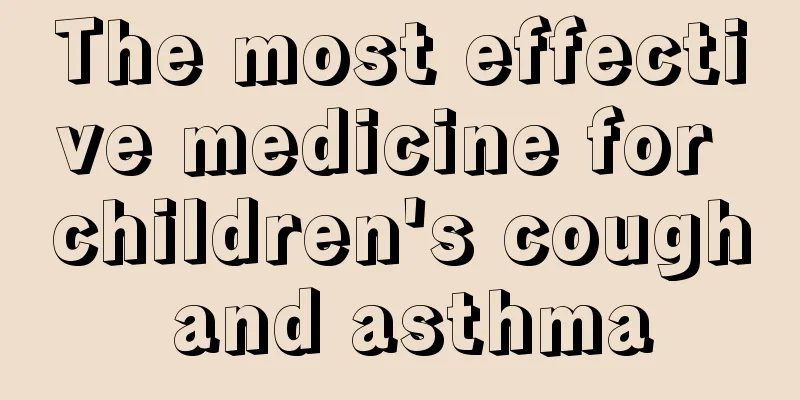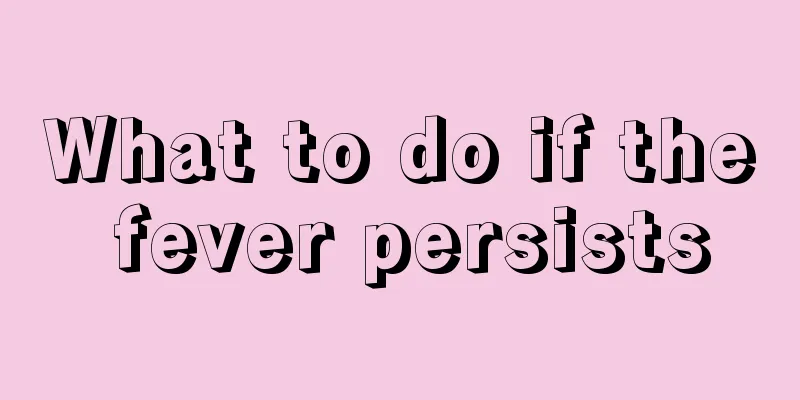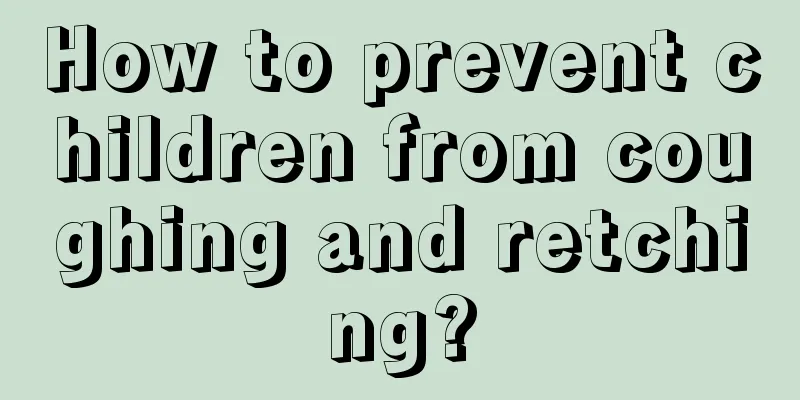How to treat mycoplasma pneumonia in babies

|
Mycoplasma pneumonia in babies is a common and regular disease, because it breaks out almost every three or four years. Patients with mycoplasma pneumonia are mainly children, and the treatment time is very long, basically taking more than a year. Seeing children coughing frequently, parents are very worried. Among the existing treatment methods, the following methods are often used by hospitals. The treatment principles of mycoplasma pneumonia in children are basically the same as those of general pneumonia, and comprehensive treatment measures are adopted. It includes five aspects: general treatment, symptomatic treatment, use of antibiotics, cortical hormones, and treatment of extrapulmonary complications. 1. General treatment (1) Respiratory tract isolation: For sick children or children with a history of close contact, respiratory tract isolation should be achieved as much as possible to prevent reinfection and cross infection. ⑵ Nursing: Keep the indoor air fresh, provide easily digestible, nutritious food and sufficient fluids. Maintain oral hygiene and clear respiratory tract, turn the child over, pat the back, and change body position frequently to promote the discharge of secretions. If necessary, suction the sputum appropriately to remove viscous secretions. ⑶ Oxygen therapy should be given promptly to patients with severe symptoms of hypoxia or severe airway obstruction. Its purpose is to increase the partial pressure of oxygen in arterial blood and improve tissue hypoxia caused by hypoxemia. The method of oxygen administration is the same as that for general pneumonia. 2. Symptomatic treatment ⑴ The purpose of expectorant is to make the sputum thinner and easier to discharge. In addition to increasing turning over, patting the back, atomization, and suctioning sputum, expectorants such as Bisuoping and Tanyijing can be used. Since cough is the most prominent clinical manifestation of Mycoplasma pneumonia, frequent and severe coughing will affect the sleep and rest of children. Sedatives such as chloral hydrate or phenobarbital can be given appropriately, and small doses of codeine can be given to suppress cough as appropriate, but the number of times should not be too many. ⑵ For patients with severe wheezing and shortness of breath, bronchodilators can be used, such as oral aminophylline, 4-6 mg/kg per time, once every 6 hours; salbutamol inhalation can also be used. 3. Application of antibiotics Choose antibiotics that can inhibit protein synthesis, including macrolides, such as erythromycin 0.25-0.5 grams, taken once every eight hours for 2-3 weeks to avoid recurrence; tetracyclines; chloramphenicol, etc. In addition, lincomycin, clindamycin, azithromycin, clarithromycin, vancomycin and sulfonamides such as SMZco are available for selection. 4. Application of adrenal glucocorticoids Because it is currently believed that MP pneumonia is an immune response of the human immune system to MP. Therefore, adrenal corticosteroids can be used for patients with MP pneumonia whose condition progresses rapidly and severely in the acute phase, or patients with prolonged lung lesions that result in atelectasis, pulmonary interstitial fibrosis, bronchiectasis, or extrapulmonary complications. Such as hydrocortisone or hydrocortisone succinate. 5. Treatment of extrapulmonary complications It is currently believed that the occurrence of complications is related to immune mechanisms. Therefore, in addition to actively treating pneumonia and controlling MP infection, hormones can be used according to the condition of the disease, and different symptomatic treatments can be adopted for different complications. The above are the commonly used treatments for mycoplasma pneumonia in babies. Through our explanation, many parents have already had a certain understanding of the treatment of mycoplasma pneumonia. Mycoplasma pneumonia has a great impact on children’s health. Therefore, when treating the baby’s condition, do not give the child sweet or salty food. Give them more liquid food, such as porridge. Feeding the baby more boiled water is also a very good measure. |
<<: What to do if your baby has habitual torticollis
>>: What are the calcium supplement recipes for children?
Recommend
Baby facial rash
When a newborn baby just comes out of the mother&...
How to treat asthma in children?
As parents, we all hope that our children can gro...
What are the symptoms of dacryocystitis in infants and young children?
Infants and young children have tears and snot al...
What should I do if my five-year-old child coughs and has phlegm?
When a child has a cough, the parents are probabl...
What foods should children eat to grow taller
Now our living conditions are getting better and ...
How to eliminate bloating in children?
In daily life, burping and hiccups often occur af...
Does having encephalitis affect intelligence?
Every time the season changes, the flu starts to ...
Can I take a bath if I have roseola infantum?
Roseola infantum is a common disease. Babies suff...
4 things to keep in mind when taking sugar pills
The first issue that expectant mothers have to fa...
What to do if your baby sneezes and has a runny nose
There are many common physical problems for babie...
What is the most effective treatment for nasal polyps in children?
Nasal polyps are one of the most common diseases ...
The reason why the baby's upper eyelid is swollen
Some parents may know that experts have said that...
Is it normal for a child to be sleepy when having a fever?
Children in their early childhood are very prone ...
Causes of morning headaches in children
In fact, headaches are a very common phenomenon. ...
What to do if your child is timid
If a child has character defects, it will have a ...









